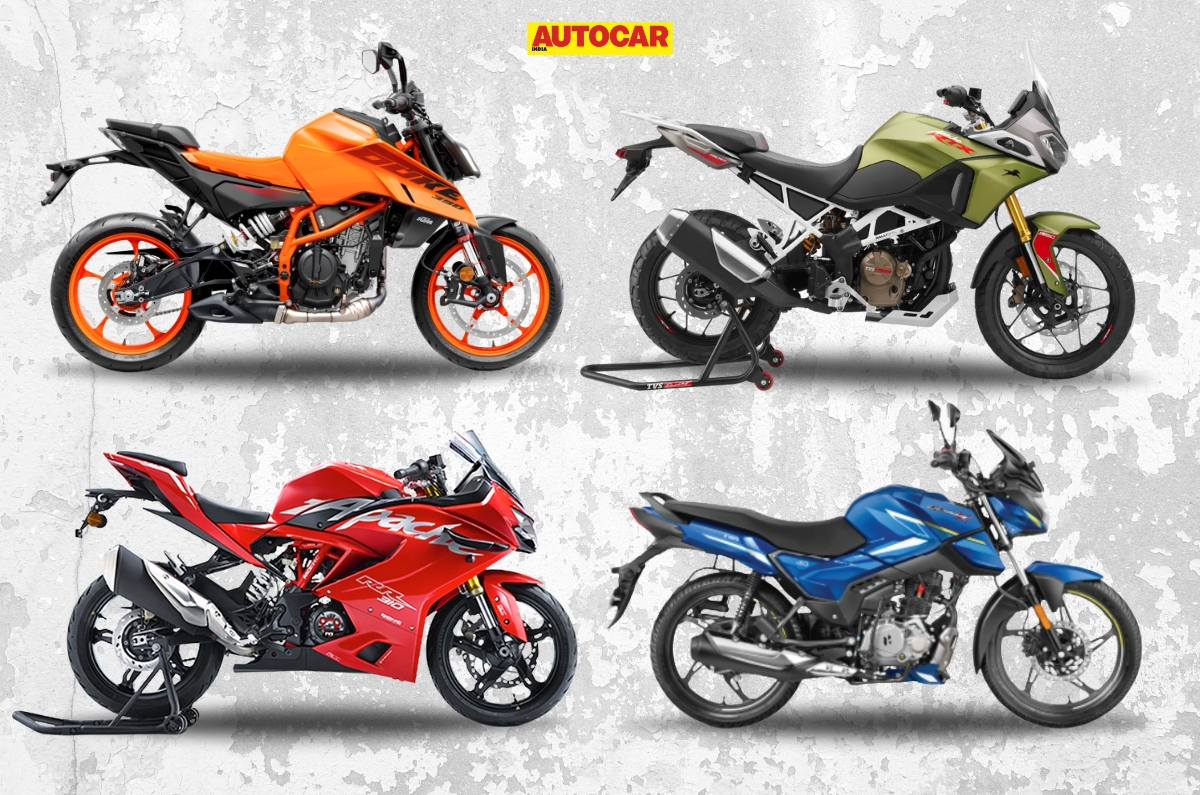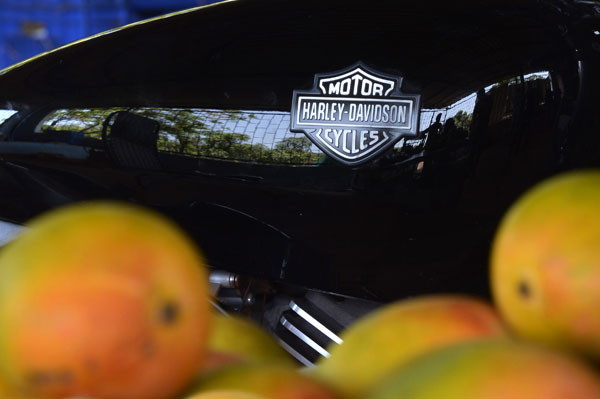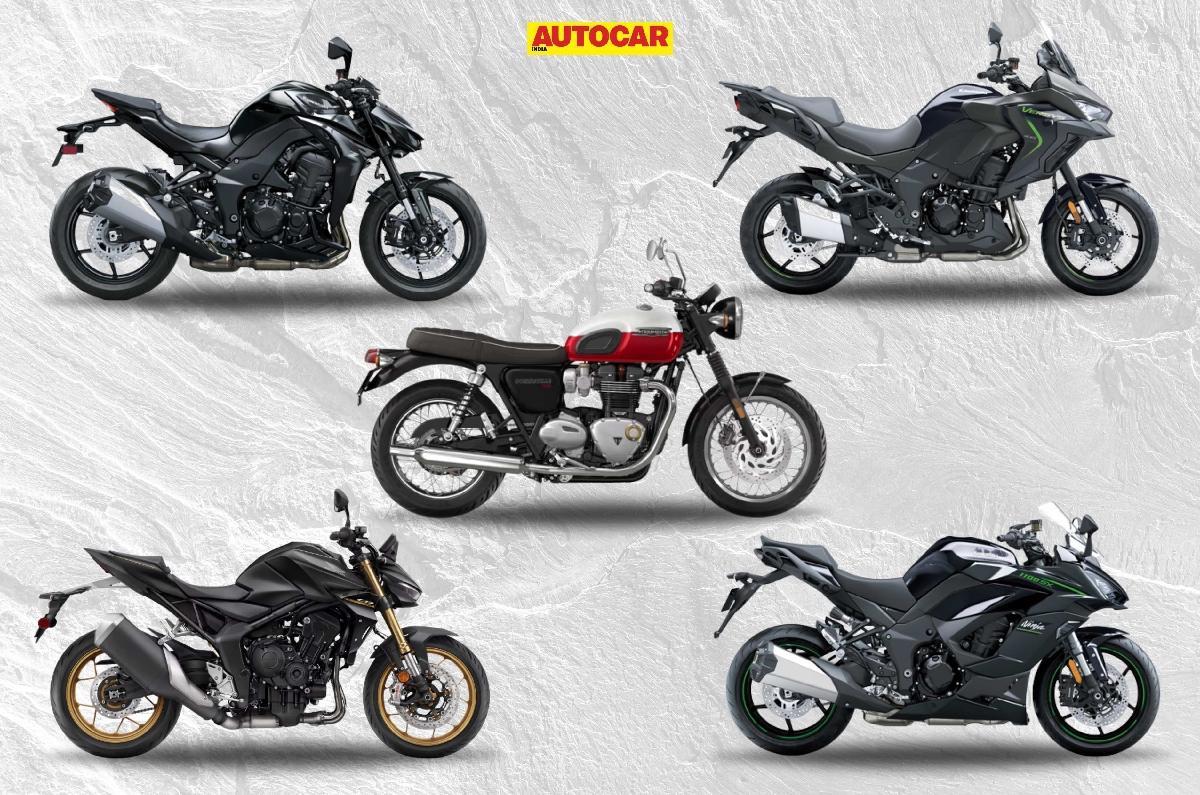Circa the early 2000s. The Indian motorcycle market was warming up to performance-oriented motorcycles as a new crop of 150cc-180cc motorcycles entered the market. We had the Bajaj Pulsar and Hero-Honda CBZ slugging it out for the most part, but then came the Hero Honda Karizma and it instantly rose to the top of the popularity charts. The styling, features and performance left many of us desiring to own one, but the price – Rs 90,000 on-road, Mumbai – put it well out of reach of many. Twenty years down the line, Hero MotoCorp is set to revive the Karizma moniker and we think this is a good time to revisit what the original Karizma was like.
Hero Honda Karizma: engine and performance
The star of the Hero Honda Karizma show was undoubtedly the 223cc, air-cooled, 4-stroke engine. The long-stroke engine made 17.2hp at 7,000rpm and 18.33Nm at 6,000rpm; which won’t float the enthusiast boat in today’s times. To put things in perspective, the TVS Apache RTR 160 4V makes 17.55hp at 8,600rpm. But again, in those days, 17hp would leave a lot of enthusiasts salivating. Our sources back then told us that Hero Honda could’ve stuck with the original 21hp power output of the engine, however, they had to detune it slightly in the interest of fuel efficiency. Nevertheless, the engine was an absolute gem; refined, rev happy and capable of sitting at triple digit speeds all day long.

Our performance tests showed that the Karizma was pretty quick – 0-60kph came up in 4.84s while 100kph came up in 14.59s. These numbers were good for a 150kg bike that had a five-speed (one down, four up pattern) gearbox with lower gearing for the first three cogs and a tall fourth and fifth gear. This made the Karizma suited to both rides in the city and long highway stints.
Hero Honda Karizma: fuel economy
Considering the performance, the engine dished out impressive fuel efficiency. In the city, the Karizma managed to return 30kpl, while out on the highway – at a steady 70kph – it covered 45km in a litre of fuel. These numbers can be attributed to the tall fifth gear that ensured engine revs stayed low at those highway speeds.
Hero Honda Karizma: ergonomics
The Hero Honda Karizma was popular among those who loved touring on a motorcycle. The rider’s triangle was sporty yet comfortable, while the wide and accommodating 795mm seat meant long hours in the saddle didn’t leave one squirming in discomfort.
Hero Honda Karizma: ride and handling
Besides the ergonomics, what made the Karizma a great everyday bike was the sweet balance it achieved between ride and handling. The bike’s single downtube frame was suspended by a telescopic fork and preload adjustable, twin shock absorbers at the back. It did a pretty good job of ironing out bad roads without feeling soft or wallowy. In fact, handling was one of its strong points and the bike went around corners in a way that one didn’t expect, considering the skinny, 2.75/18 front and 100-90/18 rear tyres. With a 26 degree rake/93mm trail and a 1,355mm wheelbase, the bike was easy to turn in and was planted around corners. Braking was pretty decent as well, with a 276mm disc at the front and a 130mm drum at the back. Our tests showed that the bike came to a dead stop from 60kph in 18.36 metres.
Hero Honda Karizma: styling, fit and finish
One of the biggest draws of the Karizma was the way it looked. Motorcycles with fairings (half or full) were a rarity back then and instantly made heads turn. The Karizma borrowed its design cues from the Honda VFR 800; especially the shape of the fairing and panels. Then there were the colourways that added to the visual appeal of the bike. There was nothing quite like the Karizma on our streets and it’s no wonder that those who owned/rode the Karizma were quite popular; be it in college or at the workplace.

The quality was good in general, although, we did find the switchgear to be quite plasticky. As for features, it had an electric starter, a digital fuel gauge, and analogue tacho and speedo. DC connection for the lights ensured that they ran consistently bright and independently of the engine rpm. However, the bike did have a reputation for expensive spare parts.
Hero Honda Karizma: the original verdict
The Karizma won hearts for its rideability, design, performance and the big bike feel it offered. It gave India a taste of what a well engineered, quick and comfortable motorcycle was capable of.
Sure, it wasn’t cheap, but that in turn made it all the more exclusive. It’s a bike that many of us desired to own back then. In many ways, the Karizma can be attributed with ushering in the era of India-made performance motorcycles that we currently enjoy.
What to expect from the new Hero Karizma?
The new Hero Karizma is said to be in the works and there have been a few instances of the bike being spotted testing. Hero has filed two trademarks, Karizma XMR and Karizma XMR 210 and word on the street is that the company has developed a brand new engine, which could be liquid-cooled. If that is the case, expect it to make significantly more power and torque than the engine you see in the Hero Xtreme 200S.
It will feature sporty styling with a full fairing, going by the test mules that have been spotted. Expect the bike to feature all-LED lighting and Bluetooth connectivity-equipped instrument cluster and more.
The new Karizma is expected to go on sale sometime this year.































